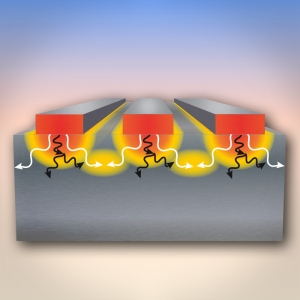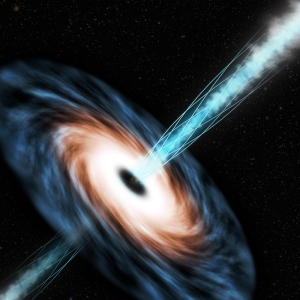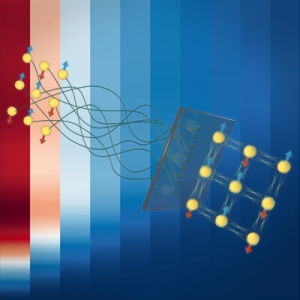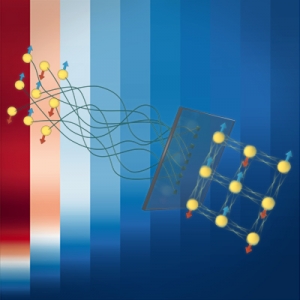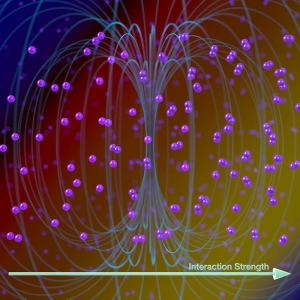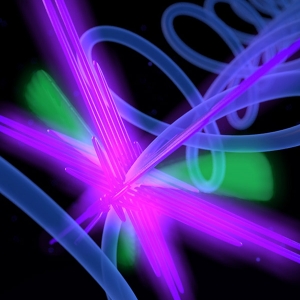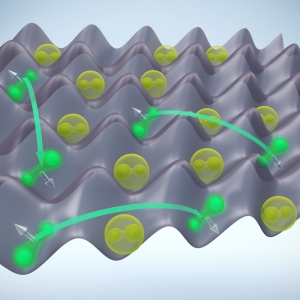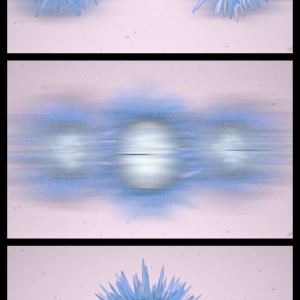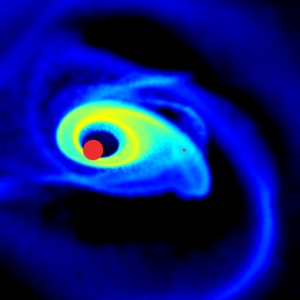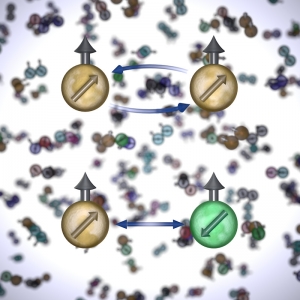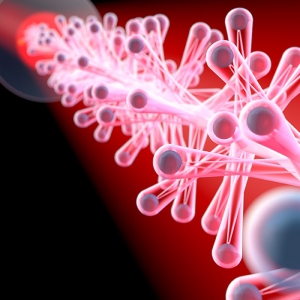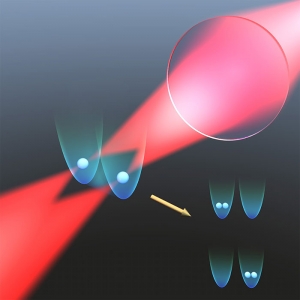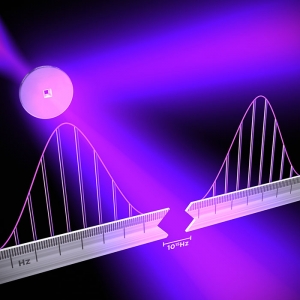Research Highlights
Displaying 201 - 220 of 470
Laser Physics
Every Generation Needs a New Revolution
PI(s):
Margaret Murnane
Precision Measurement
About Time
PI(s):
Jun Ye
Atomic & Molecular Physics
A Bug’s Life
PI(s):
Jun Ye
Nanoscience
Come Close to Me
PI(s):
Henry Kapteyn | Margaret Murnane
Astrophysics
Gamma Ray Exposé
PI(s):
Mitch Begelman
Atomic & Molecular Physics
An Ultrafast Photoelectric Adventure
PI(s):
Agnieszka Jaron-Becker | Andreas Becker
Atomic & Molecular Physics | Quantum Information Science & Technology
Terms of Entanglement
PI(s):
Deborah Jin
Atomic & Molecular Physics | Quantum Information Science & Technology
Terms of Entanglement
PI(s):
Ana Maria Rey
Biophysics
Mutant Chronicles
PI(s):
Ralph Jimenez
Atomic & Molecular Physics
Metamorphosis
PI(s):
Deborah Jin
Laser Physics
The Polarized eXpress
PI(s):
Henry Kapteyn | Margaret Murnane
Atomic & Molecular Physics
Exciting Adventures in Coupling
PI(s):
Ana Maria Rey
Quantum Information Science & Technology
The Quantum Identity Crisis
PI(s):
James Thompson | Murray Holland
Astrophysics
When You Feast Upon a Star
PI(s):
Phil Armitage
Atomic & Molecular Physics
Atoms, Atoms, Frozen Tight in the Crystals of the Light, What Immortal Hand or Eye Could Frame Thy Fearful Symmetry?
PI(s):
Ana Maria Rey | Jun Ye
Nanoscience
Flaws
PI(s):
Markus Raschke
Atomic & Molecular Physics
Quantum Entanglement
PI(s):
James Thompson
Atomic & Molecular Physics | Precision Measurement
The Little Shop of Atoms
PI(s):
Cindy Regal
Laser Physics | Precision Measurement
Invisible Rulers of Light
PI(s):
Jun Ye
Precision Measurement
Sky Clocks and the World of Tomorrow
PI(s):
Jun Ye







